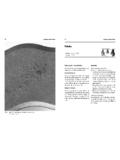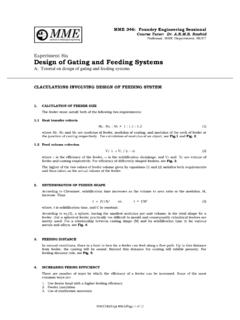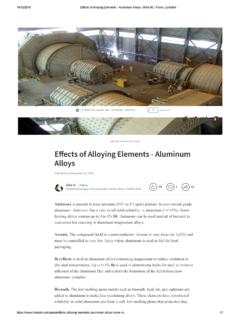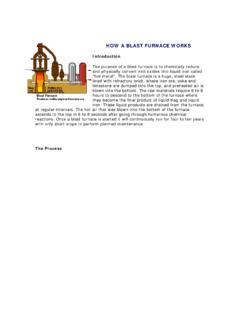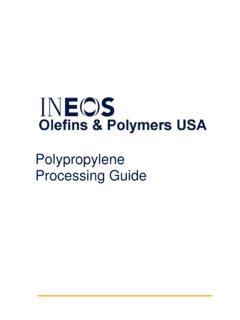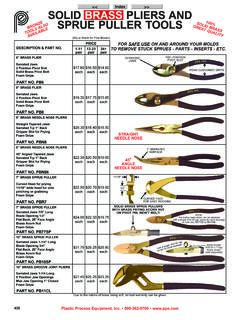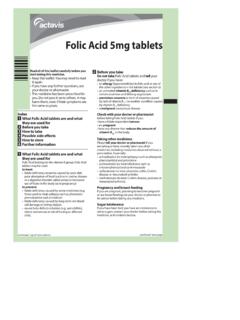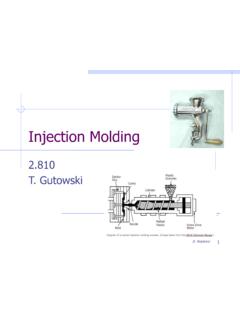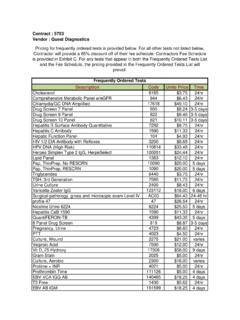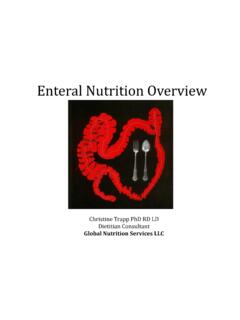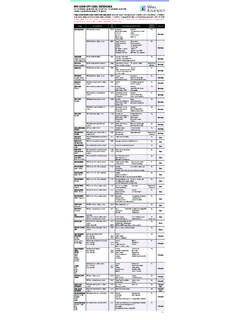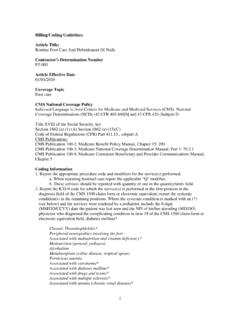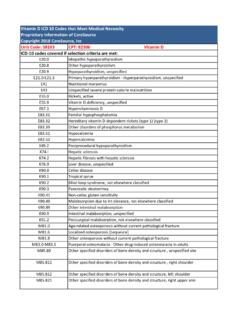Transcription of A: Tutorial on design of gating and feeding systems
1 MME346/Expt #06A/Page 1 of 12 MME 346: Foundry Engineering Sessional Course Tutor: Dr. Rashid Professor, MME Department, BUET Experiment Six design of gating and feeding systems A: Tutorial on design of gating and feeding systems CLACULATIONS INVOLVING design OF feeding SYSTEM 1. CALCULATION OF FEEDER SIZE The feeder must satisfy both of the following two requirements: Heat transfer criteria MC : MN : MF = 1 : : (1) where MF, MC and MN are modulus of feeder, modulus of casting, and modulus of the neck of feeder at the junction of casting respectively. For calculation of modulus of an object, see and Fig. 2. Feed volume criterion VF VC / ( - ) (2) where is the efficiency of the feeder, is the solidification shrinkage, and VF and VC are volume of feeder and casting respectively.
2 For efficiency of differently shaped feeders, see Fig. 3. The higher of the two values of feeder volume given by equations (1) and (2) satisfies both requirements and thus taken as the actual volume of the feeder. 2. DETERMINATION OF FEEDER SHAPE According to Chvorinov, solidification time increases as the volume to area ratio or the modulus, M, increase. Thus t (V/A)2 or, t = CM2 (3) where, t is solidification time, and C is constant. According to eq.(3), a sphere, having the smallest modulus per unit volume, is the ideal shape for a feeder.
3 But a spherical feeder practically too difficult to mould and consequently cylindrical feeders are mostly used. For a relationship between casting shape (M) and its solidification time (t) for various metals and alloys, see Fig. 4. 3. feeding DISTANCE In normal conditions, there is a limit to how far a feeder can feed along a flow path. Up to this distance from feeder, the casting will be sound. Beyond this distance the casting will exhibit porosity. For feeding distance rule, see Fig. 5. 4. INCREASING FEEING EFFICIENCY There are number of ways by which the efficiency of a feeder can be increased. Some of the most common ways are: 1.
4 Use feeder head with a higher feeding efficiency 2. Feeder insulation 3. Use of exothermic materials MMMMEE materials & metallurgical engineering MME346/Expt #06A/Page 2 of 12 design OF gating SYSTEM 1. design OF POURING BUSH/BASIN Decide on the type of pouring basin used, Fig. 6: Conical pouring cup (can be used for small casting) - hand ladle filling (50 mm above the entrance to the sprue) monograms can be used. - poured directly from furnace (usually from a height) monogram can not be used. Pouring bush/basin (for larger casting) 2. design OF DOWN-RUNNER OR SPRUE Calculate the weight of liquid metal to be poured (includes the casting, the feeder, and all elements of gating system) Choose location and design of gating system.
5 Determine/decide on total filling time of casting. See Appendix 1 and Appendix 2. Pouring time < solidification time of thinnest section of casting. Find solidification time from modulus or use Experience / trial and error are needed. Find average filling rate in the gating system Average filling rate, Kg/s = Weight of casting/ filling time (4) Select the velocity of flow Al-bronze : 75 mm/s Al-base and Mg-base alloys : 250 mm/s Cu-base and Fe-base alloys : 500 mm/s Calculate the effective metal head of casting hP = H h12/h2 (5) hP = metal head pressure at sprue base, H = height of sprue, h1 = height of casting above point of metal entry into the mould (or, height of casting in cope), h2 = height of casting.
6 Calculate the choke area A = W / [ tC (2ghP) ] (6) A = choke area, W = casting weight (total, including all elements), = density of molten metal (Al-base alloys = 2500 kg/m3; Cu-, Fe-, Ni-, and Co-base alloys = 7000 kg/m3 for), hP = effective height of metal head, C = discharge coefficient (= ), g = acceleration due to gravity (= m/s2), t = pouring time, s. Calculate the sprue exit area. [ Use Law of Continuity, Q = A1v1 = A2v2 ] Calculate the sprue top area. [ Use Bernoulli s Theorem, v2 = 2gh and then using law of continuity to obtain the equation A1 = A2 (h2/h1) ] A1 = sprue top area, A2 = sprue bottom area, h1 = distance between ladle and spure top, and h2 = distance between ladle and sprue bottom.
7 design of sprue base (or, well). 3. design OF RUNNER AND GATES design of runner and ingate. Use proper gating ratio. See Fig. 7. Avoid hot spot in the gate junction gate modulus 1/2 local casting modulus. See Fig. 8. ( gate thickness = 1/2 local casting thickness) 4. INCLUSIONS CONTROL Use one or more inclusion control systems (Filters, dross trap or swirl trap) in the gating system to avoid entry of sand, oxide film and other inclusions into the mould cavity. MME346/Expt #06A/Page 3 of 12 Use of Nomogram Calculation in steps 8, 9 and 11 can be made with the use of Nomogram. Once the average fill rate and sprue height have been decided, the sprue bottom area, gate area, and sprue top area can be found out from such nomogram.
8 For the present case, nomogram shown in Fig. 9 will be used. Assumptions made in the preparation of the monograms: 1. Unpressurised gating system. 2. Initial pouring rate x average pouring rate. 3. c = (sprue loss), k = (basin los) 4. Critical gate velocity: 250 mm/s for Al-base alloys; 500 mm/s for Cu- and Fe-base alloys. 5. 20% safety factor oversize of the sprue top area 6. h1 = 50 mm (height of liquid at the pouring basin) 4. Density data: 2500 kg/m3 for Al-base alloys; 7000 kg/m3 for Cu-, Fe-, Ni-, and Co-base alloys. CASE STUDY To design a suitable feeding and gating systems for the following aluminium alloy casting (dimensions are in mm).
9 100 200 30 MME346/Expt #06A/Page 4 of 12 Appendix 1: Calculation of Pouring Time Base on Experimented Rules Often experimentally determined equations are used to calculate pouring time and pouring rate for typical foundry alloys. Some those equations are mentioned below. 1. Grey iron castings (a) Thin walled castings of thickness 15 mm and weight less than 450 kg t = S W seconds W = weight of liquid metal poured, kg S = coefficient taking into account of casting wall thickness Thickness of casting, mm S (b) In fps unit: t = k ( + ) W seconds k = a fluidity factor obtainable from the Fig.
10 10. ( k = Fluidity factor from fig. /40 ). = average thickness of casting, inch W = weight of metal poured, pound (c) For castings of weight > 450 kg: t = k ( + ) W1/3 seconds 2. Shell moulded ductile iron (vertical pouring) t = k1 W seconds k1 = (for section 3/8 1 inch) k1 = (for thinner sections) k1 = (for heavier sections) 3. Steel castings: t = K W seconds K = for 100 lb casting K = for 100,000 lb casting (K values plotted against log W) 4. Copper alloys: t = S ( G)1/3 seconds = average thickness of castings, mm S = (for bottom gated systems ; lower value for brass, higher value for tin bronze) S = (for top gates systems ; lower value for brass, higher value for tin bronze) MME346/Expt #06A/Page 5 of 12 Appendix 2: Calculation of Pouring Rate To calculate the optimum pouring rate for different metals, the following equations can be applied.
